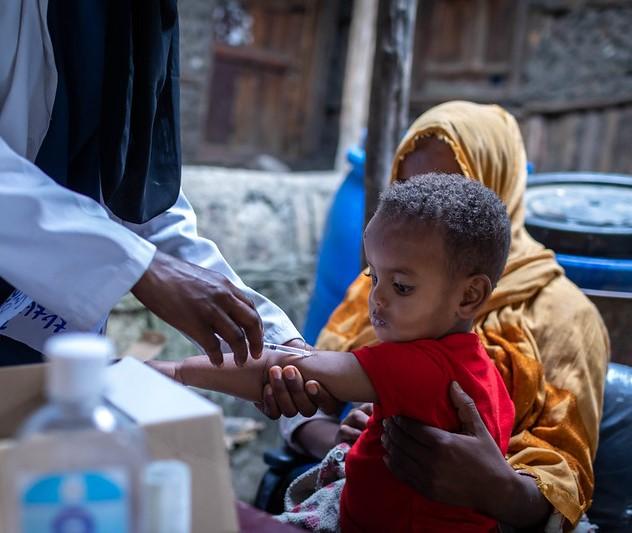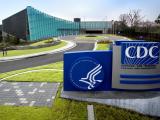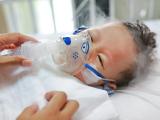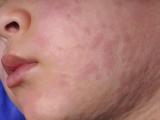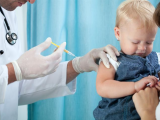An annual snapshot of childhood vaccination trends unveiled by the World Health Organization (WHO) and UNICEF today shows a promising rebound in immunization services following the initial pandemic years, but progress is uneven with some countries still lagging behind.
Data from 2022 show that 20.5 million children missed out on at least one dose of routine vaccines, down from 24.4 million who missed a dose in 2021. Though the trend is moving in the right direction, the number of kids who missed a vaccine dose hasn't declined to the 18.4 million mark seen in 2019, the last prepandemic year.
The WHO and UNICEF use the diphtheria, tetanus, and pertussis (DTP) shot as the main marker, but they also track the uptake of other shots, such as the measles-containing vaccine and human papillomavirus (HPV) shots. For the DTP vaccine, about 20.5 million missed one or more doses in 2022, and 14.3 million didn't receive any doses. The level of "zero dose" children was down from 18.1 million in 2021, but still higher than 12.9 million in 2019.
Vaccination inequities persist
In a joint press release, WHO Director-General Tedros Adhanom Ghebreyesus, PhD, said the data are encouraging and are a tribute to people who have worked hard to restore immunization services after 2 years of a sustained decline due to the pandemic. In April, the WHO, UNICEF, Gavi, the Bill and Melinda Gates Foundation, and other partners launched "The Big Catch-Up," a push to encourage governments to get children caught up on the routine immunizations they missed due to pandemic-related lapses.
"But global and regional averages don’t tell the whole story and mask severe and persistent inequities," Tedros said. "When countries and regions lag, children pay the price."
When countries and regions lag, children pay the price.
Experts included some key caveats, including that much of the early rebound in immunization services occurred in countries such as India and Indonesia that are well resourced and have large infant populations. They also noted that countries that had track records of sustained and steady coverage before the pandemic, such as those in South Asia, were better able to stabilize their situations after the pandemic declines.
Officials said the African region, with lagging rates, has faced an extra challenge of juggling an increasing child population while scaling up routine immunization each year in order to keep up.
Concerns about measles vaccine gaps
When looking at individual vaccine trends, the groups found that measles vaccine coverage hasn't rebounded as strongly as other vaccines. First-dose measles vaccine doses increased from 81% to 83% between 2021 and 2022, but are still below the 86% global level for 2019. The gap puts kids in undervaccinated communities at risk for outbreaks.
For example, United Kingdom health officials last week reported a rise in measles cases and warned that London could experience an outbreak of 40,000 to 160,00 cases unless vaccination rates improve.
HPV coverage, on the other hand, has surpassed prepandemic levels. However, coverage is still below global targets and is lower in low- and middle-income countries than in higher-income countries.
Stakeholders must confront the challenging task of reaching everyone, everywhere.
In a commentary on the report's findings today in The Lancet, two immunization experts said global averages and statistics are important for planning purposes, but local contexts are also important. The authors are Kate O'Brien, MD, who directs the WHO's department of immunization, vaccines, and biologicals, and Ephrem Lemango, MD, UNICEF's associate director for health and chief of immunization. Though the data show uneven recovery, they wrote, they also show the need to double down on equity.
"Even while focusing on making the largest absolute gains in vaccine coverage, stakeholders must confront the challenging task of reaching everyone, everywhere—no matter how far, no matter how few," they wrote.
